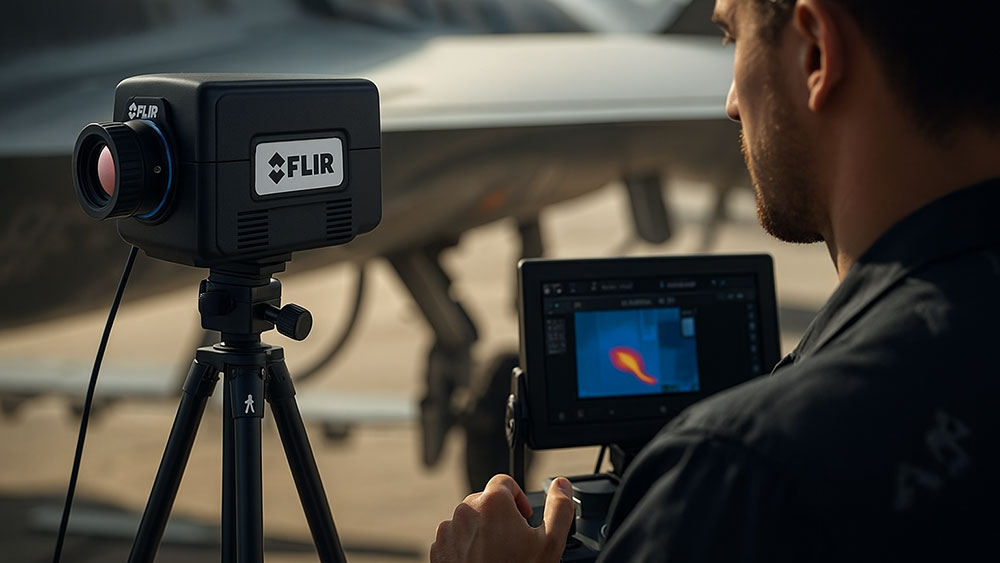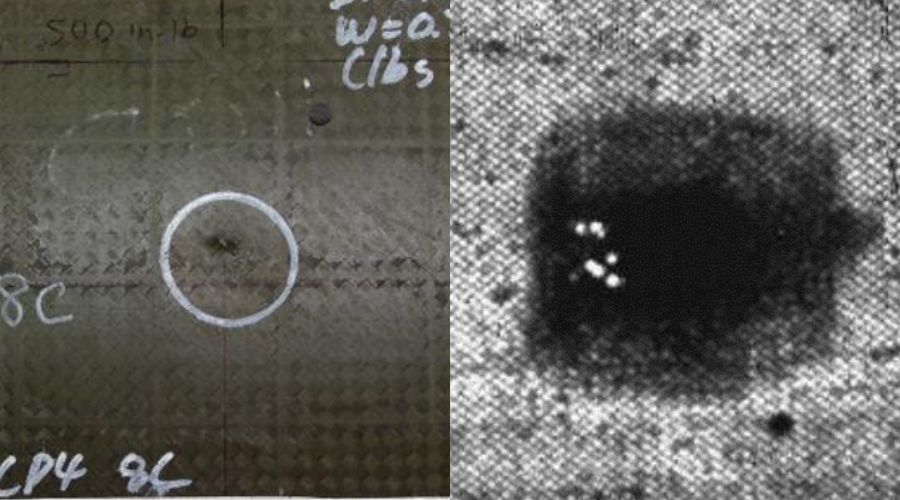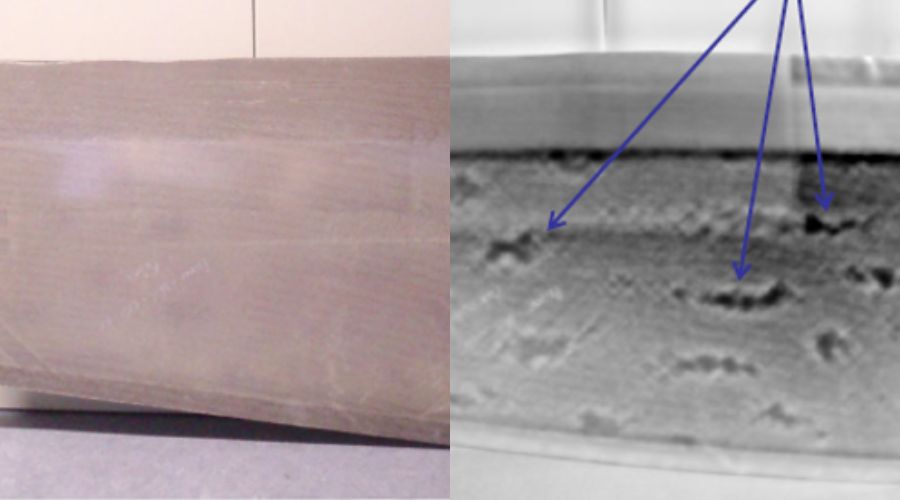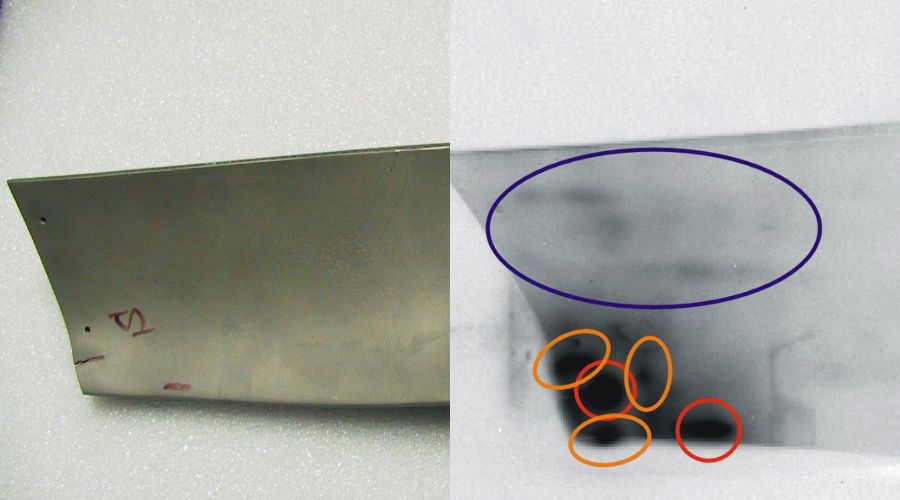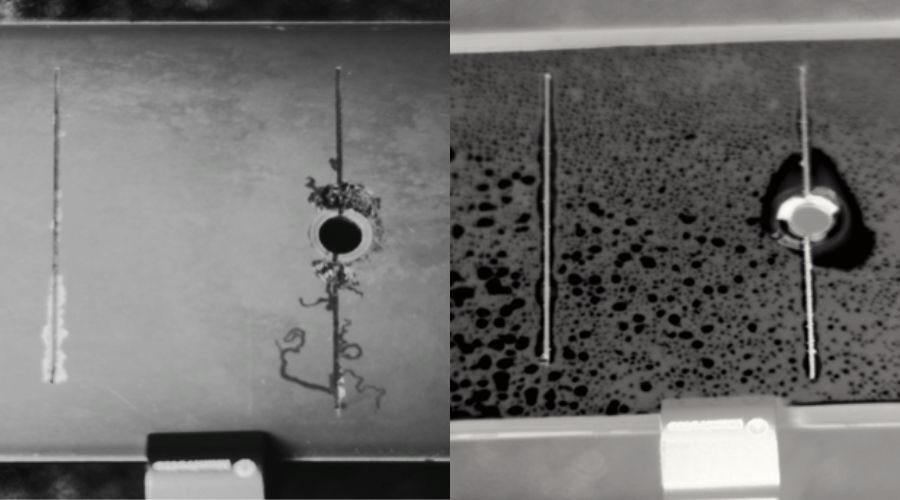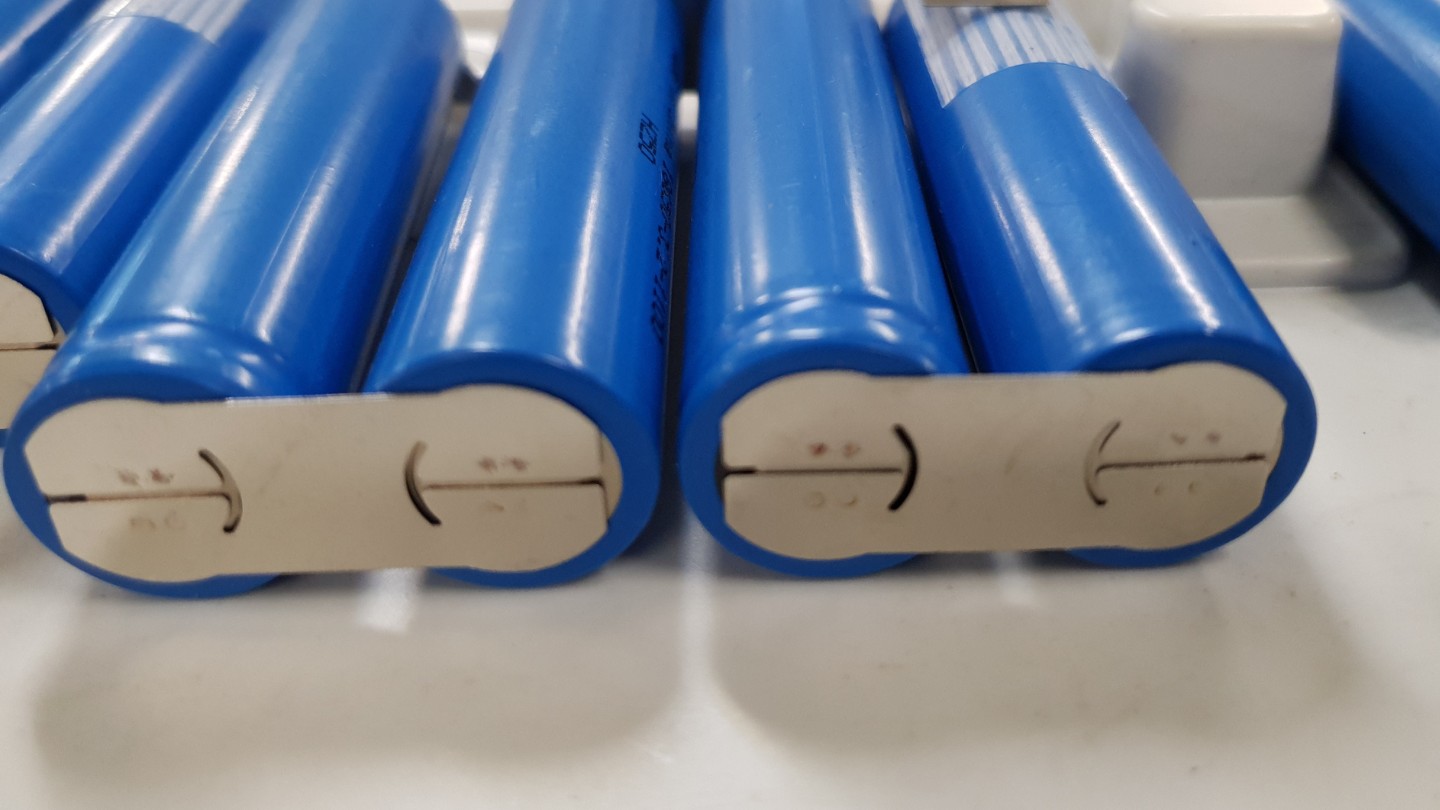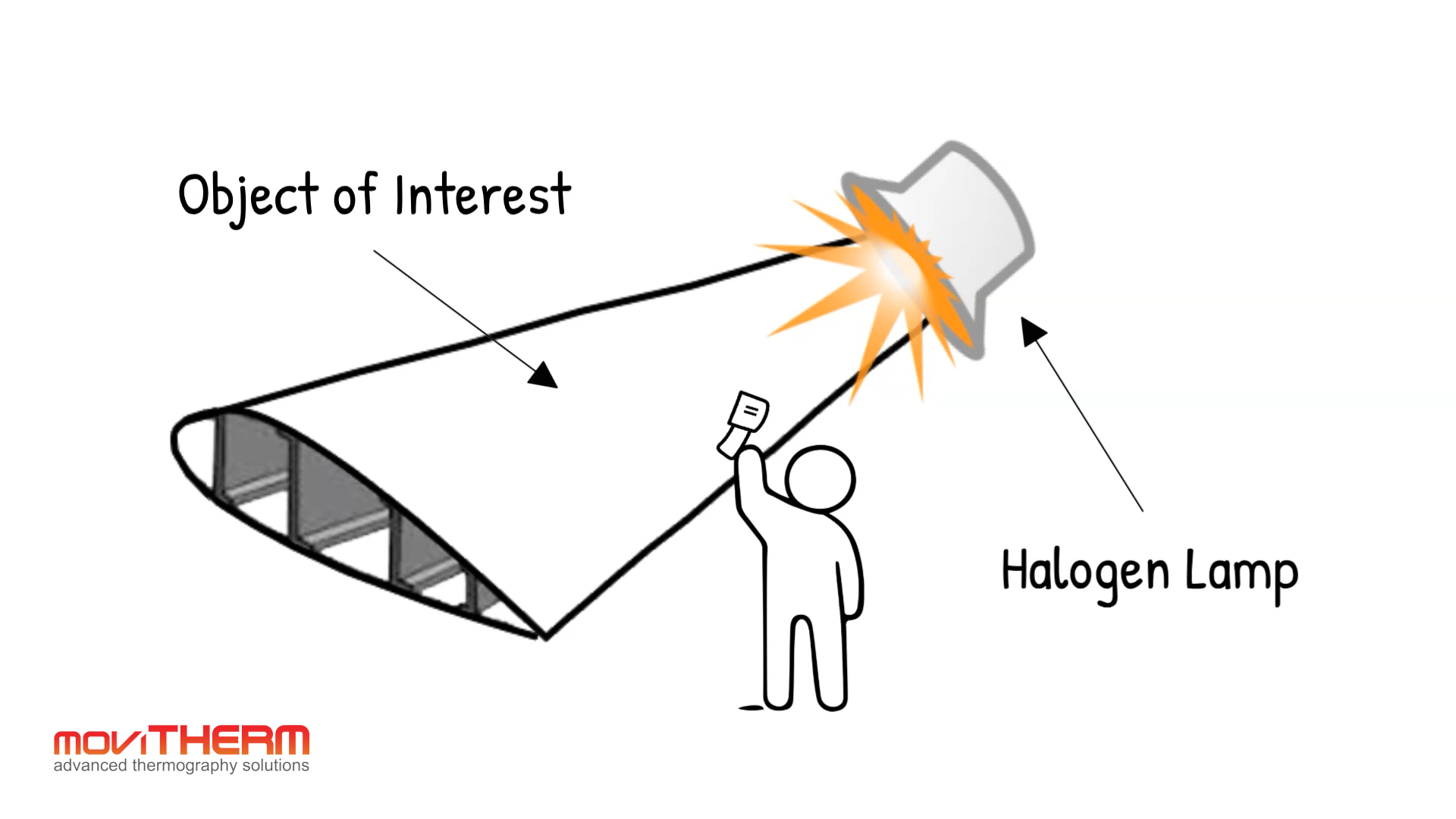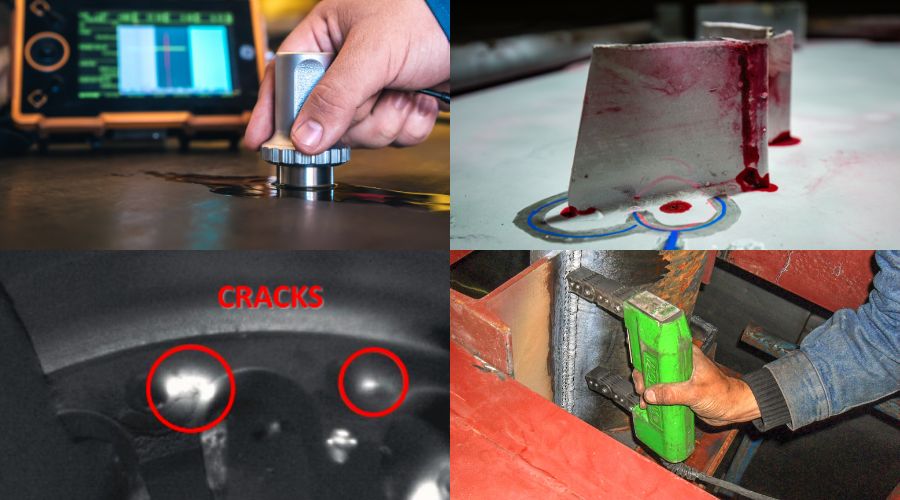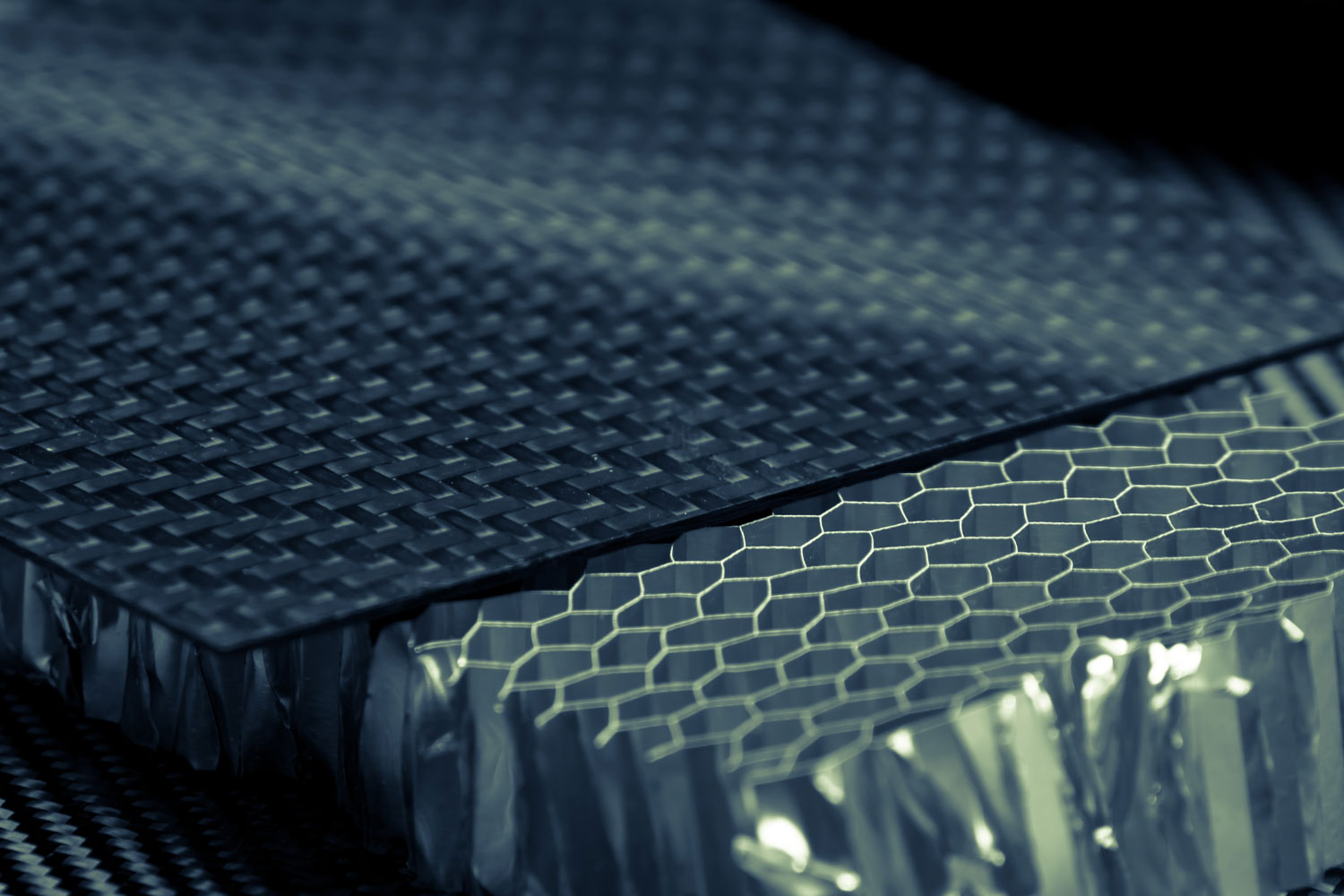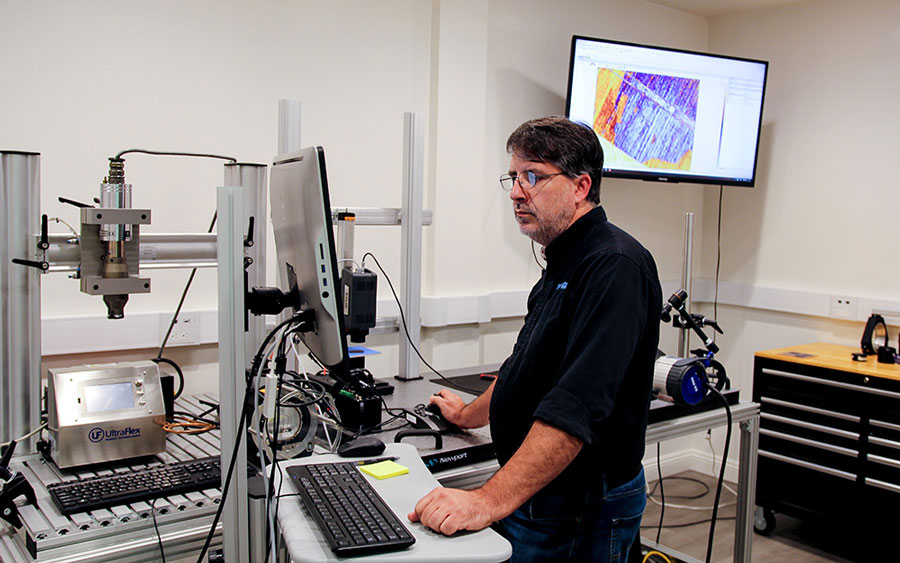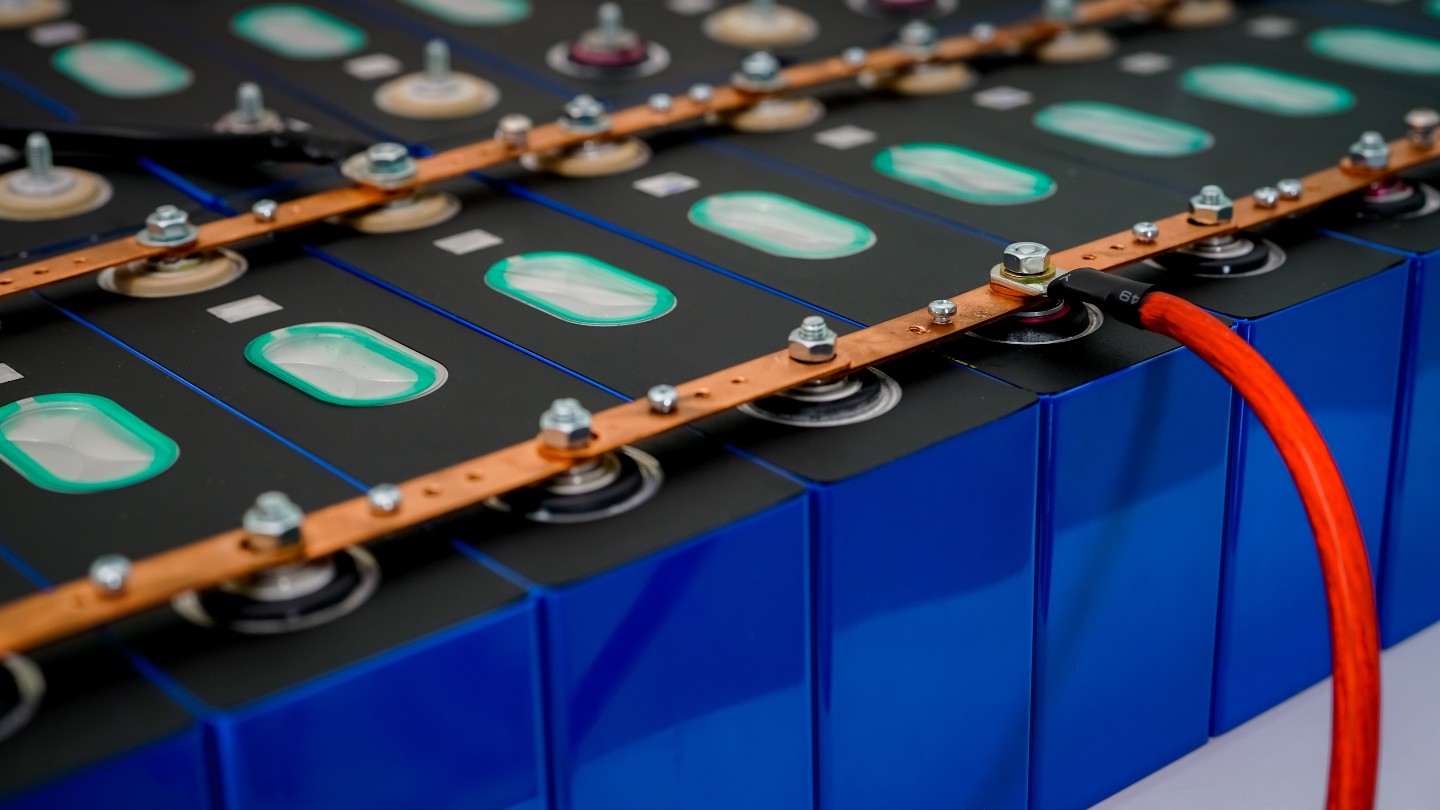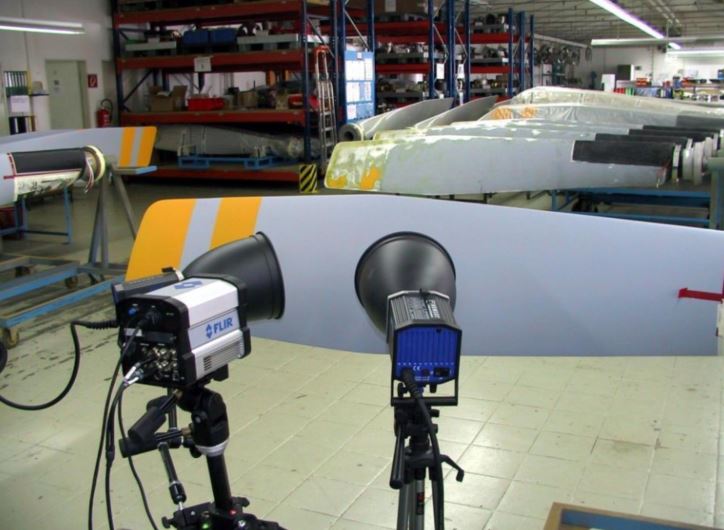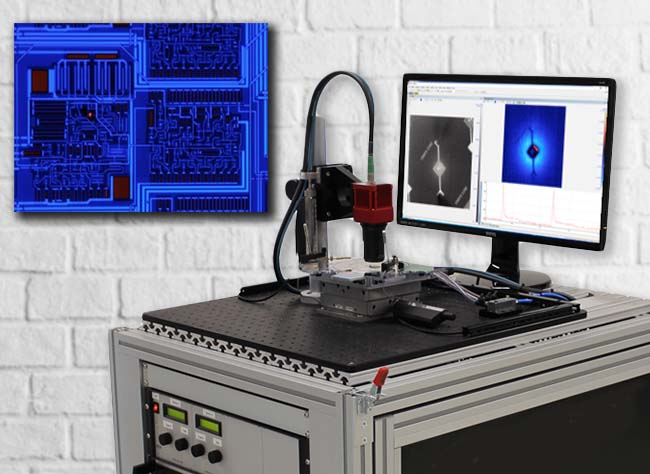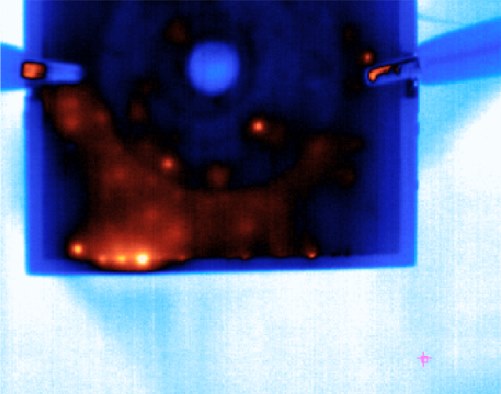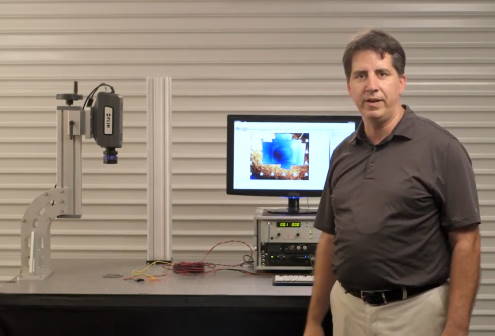Delamination Inspection in CFRP Structures Using Infrared
Enhancing CFRP Stringer Integrity with Transient Thermography
Delamination inspection plays a crucial role in assessing the structural integrity of composite materials. Carbon fiber reinforced plastic (CFRP) structures, widely used in aerospace, automotive, and other industries, rely on strong bond lines between components for structural integrity. Detecting defects, such as inadequate bonding or delamination, is crucial to ensure the reliable performance of CFRP structures.
Infrared nondestructive testing (NDT), specifically transient thermography, provides an effective means of inspecting bond lines and identifying delaminated areas. This article explores how transient thermography can be utilized for inspecting bond lines in CFRP stringers, discussing its ability to measure bond strength and identify delaminated regions.
Table of Contents
Transient Thermography for Bond Line Inspection
Transient thermography, a dynamic infrared NDT technique, involves applying a localized heat pulse to the surface of the CFRP structure and monitoring the resulting temperature changes using an infrared camera. The recorded thermal response provides valuable information about the bond line integrity and delamination within the stringer.
Heat Pulse Excitation
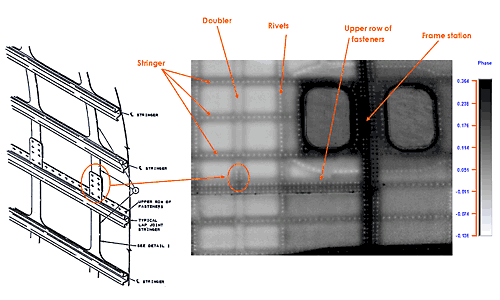
A controlled heat pulse is applied to the surface of the CFRP stringer. This excitation generates a thermal gradient, causing heat to flow through the structure and interact with the bond lines. Areas with anomalies, such as poor bonding or delamination, disrupt the heat flow and result in distinct thermal patterns.
Thermal Imaging and Analysis
An infrared camera captures the surface temperature response during and after the heat pulse. The thermal images are analyzed to identify variations in heat dissipation, indicating potential defects in the bond lines. Advanced image processing techniques, such as time-temperature curve analysis or phase-based thermographic analysis, can be employed to enhance defect visibility and accurately assess bond line conditions.
Measuring Bond Strength
Transient thermography offers the capability to measure bond strength in CFRP stringers by assessing the thermal characteristics of the bond lines. Measuring bond strength is essential for evaluating the structural integrity and reliability of composite materials. By analyzing the thermal response and employing advanced testing methods, several factors can be considered to accurately assess bond strength.
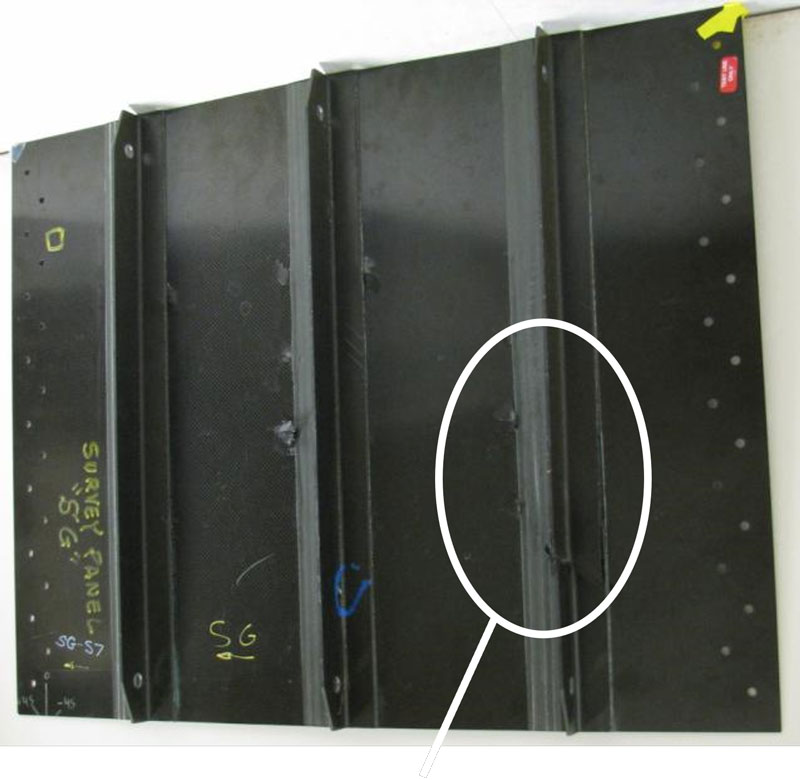
Photo of CFRP panel with partially delaminated stringers.
Thermal Conductivity Differences
The bond line area exhibits different thermal conductivity compared to the surrounding CFRP material. This discrepancy in thermal properties affects heat transfer during transient thermography. By carefully analyzing the thermal response, including temperature profiles and thermal gradients, it is possible to estimate the bond strength based on the bond line’s ability to transmit heat. Understanding the relationship between thermal behavior and bond strength provides valuable insights into the quality and effectiveness of the bonding process.
Quantitative Assessment
To determine bond strength, quantitative analysis of the thermal response is crucial. By comparing the temperature profiles and gradients in regions with known bonding conditions, a correlation can be established between thermal behavior and bond strength. This correlation can be further refined through calibration using reference samples with known bond strengths. Through this quantitative assessment, it becomes possible to assign numerical values to bond strength, enabling a more precise evaluation of the structural integrity of CFRP stringers.
Influence of Manufacturing Variables
It is important to consider various manufacturing variables that can impact bond strength. Factors such as surface preparation, adhesive type, curing conditions, and application techniques play a significant role in determining the strength of the bond line. By understanding the influence of these variables on the thermal response, it becomes possible to assess the bond strength accurately. This knowledge also allows for optimization of the manufacturing process to ensure consistent and robust bonding in CFRP structures.
Long-Term Bond Performance
Transient thermography not only enables the measurement of bond strength during initial inspection but can also provide insights into the long-term performance of the bond line. Over time, environmental conditions, cyclic loading, and other factors can affect the bond strength. By periodically conducting transient thermography inspections, changes in the thermal response can be monitored, allowing for early detection of potential degradation or delamination. This proactive approach helps to ensure the ongoing structural integrity of CFRP stringers and facilitates timely maintenance or repair actions.
Detecting Delaminated Areas
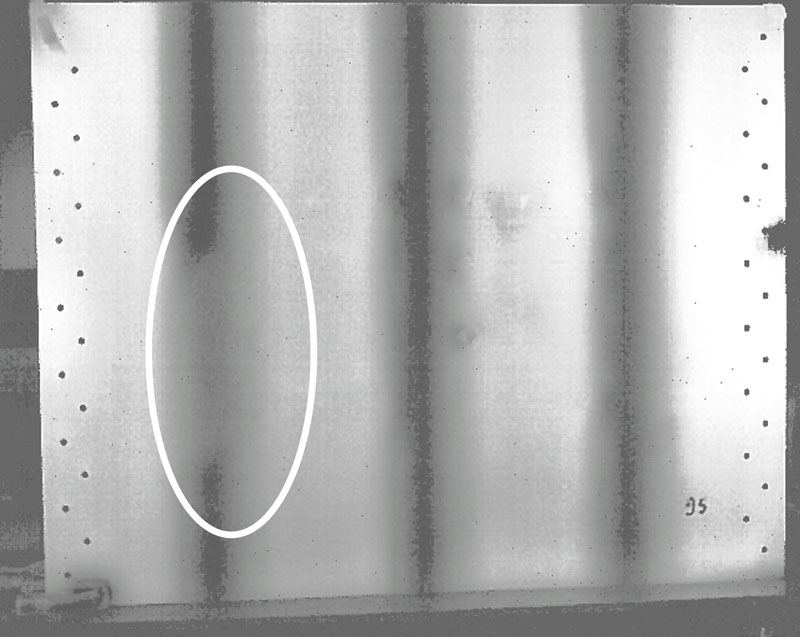
Transient result image showing bond line and partial delamination.
Transient thermography is highly effective in detecting delaminated areas within CFRP stringers. Delamination refers to the separation of layers within the composite structure, compromising its strength and integrity. Key considerations for delamination detection include:
Heat Flow Disruption
Delamination disrupts the normal heat flow within the CFRP structure, resulting in distinct thermal anomalies. During transient thermography, the presence of delamination manifests as areas with slower heat dissipation or abnormal thermal gradients. These thermal patterns are easily detectable in the captured infrared images.
Depth Assessment
Transient thermography can provide valuable information about the depth and extent of delamination. By analyzing the thermal response over time and employing advanced image processing algorithms, the depth of the delaminated region can be estimated. This information helps in assessing the severity of the defect and determining appropriate repair or maintenance actions.
Advantages of Transient Thermography for CFRP Stringer Inspection
Transient thermography offers a range of advantages when it comes to inspecting bond lines and detecting delaminated areas in CFRP stringers. These advantages make it a valuable tool for ensuring the structural reliability of CFRP structures across various industries. Let’s explore some of the key benefits of using transient thermography:
Non-Destructive and Non-Contact Inspection
One of the primary advantages of transient thermography is its non-destructive and non-contact nature. It allows for the assessment of CFRP stringers without causing any damage to the structure. This means that inspections can be repeated multiple times without compromising the integrity of the component. Non-destructive and non-contact inspection methods are essential for ensuring the longevity and usability of CFRP structures.
Rapid Inspection
Transient thermography offers rapid inspection capabilities, enabling the scanning of large areas in a relatively short amount of time. The application of controlled heat pulses and real-time thermal imaging allows for efficient detection and characterization of bond line defects and delaminated areas. This speed and efficiency are particularly advantageous when inspecting large structures or when time is a critical factor, minimizing production or maintenance downtime.
Full-Field Inspection
Infrared NDT techniques, such as transient thermography, provide full-field inspection capabilities. The entire surface of the CFRP stringer can be examined simultaneously, providing comprehensive information about the bond lines and delamination across the structure. This advantage minimizes the risk of missing critical defects and ensures thorough inspection coverage. Full-field inspection is particularly beneficial for identifying localized anomalies or irregularities that may not be apparent through other inspection methods.
High Sensitivity to Defects
Transient thermography exhibits high sensitivity to defects, including delamination and bond line irregularities. The thermal imaging technique can capture even subtle variations in heat dissipation, enabling the detection of hidden or sub-surface defects that may not be visible to the naked eye. This sensitivity ensures that potential issues are identified early, allowing for timely repairs or interventions to prevent further damage or structural failures.
Versatility and Adaptability
Transient thermography is a versatile inspection method that can be applied to various types of CFRP structures and configurations. It can be used for both flat and curved surfaces, making it suitable for a wide range of applications. The technique can also be adapted to different inspection scenarios and can be combined with other non-destructive testing methods to provide a more comprehensive assessment of the CFRP stringers.
Conclusion
Transient thermography offers a reliable and efficient method for inspecting bond lines and detecting delaminated areas in CFRP stringers. By utilizing heat pulse excitation and analyzing the resulting thermal response, this infrared NDT technique provides valuable insights into bond line integrity and the presence of delamination. The ability to measure bond strength and assess delamination depth, along with its non-destructive and rapid inspection capabilities, makes transient thermography a valuable tool for ensuring the structural reliability of CFRP stringers in various industries.
About moviTHERM
moviTHERM – Advanced Thermography Solutions was founded in 1999. The company offers solutions for plastic welding, package sealing, and non-destructive testing. In addition, moviTHERM provides IoT Cloud monitoring solutions for thermal imaging applications for early fire detection, machine condition monitoring, and other applications. moviTHERM is a Teledyne Flir Premium Partner and master distributor for FLIR Thermal Cameras for automation and science applications.



